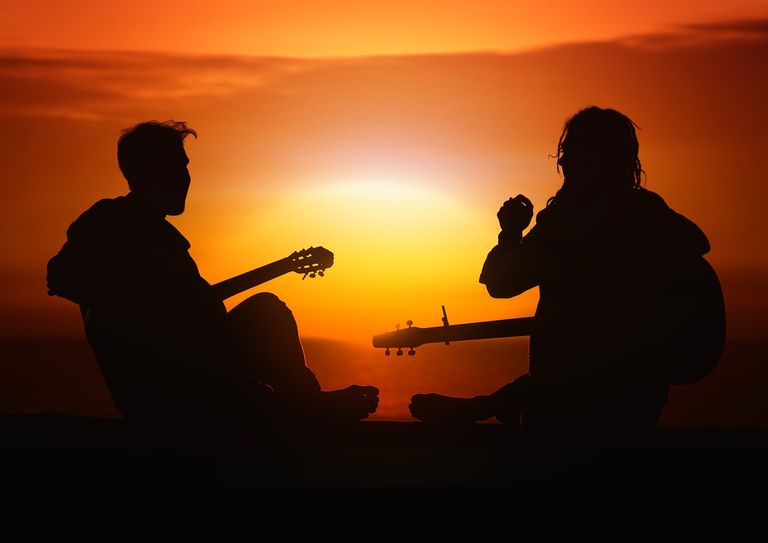
Pixabay Image
In the alternative reality in which my story unfolds, music is a major part of social cohesion.
After the world COVID-19 Lockdowns, it became apparent that social bonds had been majorly strained as a result of prolonged isolation. The isolation was a big driver of depression, addiction and caused a rift in how people experienced the world.
So called "third spaces" had been leveled. People used to congregate at churches, concert venues, bars and malls but that went to the wayside. Adding to the pressure to experience life was massive inflation. The cost of living had increased 20% since 2019, so anything outside of feeding the family was seen as an excess and a "want" rather than a "need".
After 25 years has passed, many of these issues had worked themselves out. People are a social creature and despite the rise and falls of counties, institutions and companies music was still a part of our social fabric. It was 2045 and buskers still busked, music labels still produced and people still sung in the choir. What changed was music recording. We went from the record to tapes, then CD, DVD, streaming, VR to direct storage in biological systems. We stored music and data in the DNA of simple organisms.
In 2040, scientists began tinkering with DNA storage. We could grow a forest of trees, culture a vatn of bacteria or even add music information to a flock of migratory birds. But how was this sound extracted as people did with speakers and earphones in years and ages past?
In order to unlocked the stored DNA information, a receiver was constructed that could tap into the information, music like a needle on a vinyl record. A hiker in a forest of cloned trees would don a pair of smart glasses, coclear implant or brain chip interface and wlak through the grove. A group of people would purchase a slide with bacteria or tune into a passing flock of gulls.
Ownership of music became nostalgia and people wanted to stop streaming content around 2035. Some people decided to encode the music on the DNA of their pets, and this further nurtured their bond. Because of the abiltiynof DNA to hold an immense amount of information, millions of songs could be encoded on DNA. A virus would be used to insert information into DNA including music, and the viruses employed were evolved in a laboratory to be benign.
Music is a huge part of social cohesion in 2045. People still have hopes to be a rock star and to bond with others over music. The medium of stoarg has changed, but the heart of the art is as old and as purse as ever.